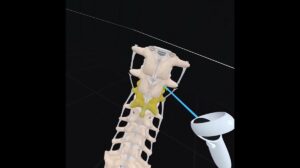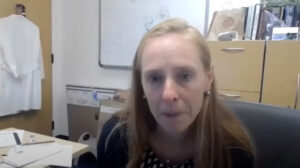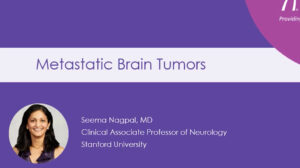NEW YORK (Reuters Health) – Diffusion-weighted imaging (DWI) with a newer 3.0 Tesla magnetic resonance image (MRI) scanner may be less accurate than with an older 1.5 T scanner for detecting stroke lesions within the first 6 hours after onset- according to a report published in Neurology.
Based on their findings, the researchers estimate that 1 out of 16 acute stroke patients will have a negative DWI at 3.0-T during the therapeutic window, versus less than 1 out of 100 at 1.5-T.
They used four experts to review the DWI of 135 acute stroke patients and 34 controls, without knowing whether MRI was performed at 1.5-T or 3.0-T.
All stroke patients were subsequently shown to have carotid territory ischemic stroke and were imaged within the first 6 hours after stroke onset.
The researchers compared the sensitivity and specificity of 1.5-T and 3.0-T diffusion-weighted MRI (DWI) to detect hyperacute ischemic stroke lesions. The performance between neuroradiologists and stroke neurologists didn




